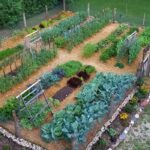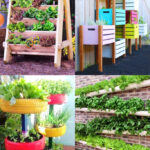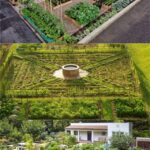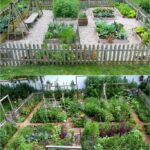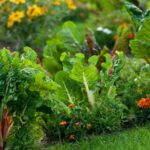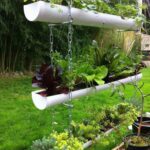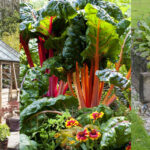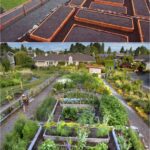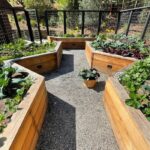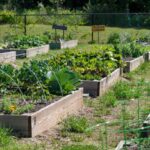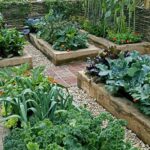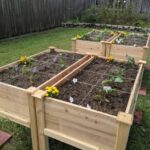When it comes to creating a successful veggie garden, there are endless possibilities for design and layout. Whether you have a small balcony or a spacious backyard, there are a variety of creative ideas to consider. One popular option is to create raised beds, which not only provide good drainage and pest control but also make it easier to maintain and harvest your vegetables. You can build raised beds out of wood, stone, or even recycled materials like old tires or pallets.
Another great idea is to incorporate vertical gardening into your veggie garden. This involves growing plants up instead of out, which is perfect for small spaces or for adding a decorative element to your garden. You can use trellises, arbors, or even fence panels to support climbing plants like tomatoes, pole beans, or cucumbers. Vertical gardening not only maximizes your growing space but can also help keep your plants off the ground, reducing the risk of disease.
For those who want to add a touch of whimsy to their veggie gardens, consider creating a themed garden. You could plant all different shades of green for a monochromatic garden, or focus on a specific color scheme like red, purple, or yellow. Another fun idea is to plant a garden based on a specific cuisine, such as an Italian garden filled with tomatoes, basil, and garlic, or a salsa garden full of peppers, onions, and cilantro. Themed gardens not only add visual interest but can also inspire creative cooking in the kitchen.
If you’re looking to add some beauty to your veggie garden, consider incorporating flowers into the mix. Flowers not only attract pollinators like bees and butterflies, but they can also help deter pests and provide natural disease control. Marigolds, nasturtiums, and calendula are all great companion plants that work well in veggie gardens. You can plant them throughout your garden or create separate flower beds to add color and fragrance to your space.
To make the most of limited space, consider interplanting your vegetables with herbs. Herbs not only add flavor to your dishes but also have natural pest-repelling properties that can benefit your veggies. You can plant herbs like basil, parsley, and cilantro between rows of vegetables or scatter them throughout your garden to create a diverse and beautiful landscape. Intercropping vegetables and herbs can help maximize your growing space and create a more balanced ecosystem in your garden.
No matter what size or shape your veggie garden is, there are endless possibilities for creative design and layout. By incorporating raised beds, vertical gardening, themed gardens, flowers, and herbs into your space, you can create a beautiful and bountiful garden that will provide you with fresh, flavorful vegetables all season long. With a little bit of planning and creativity, your veggie garden can become a vibrant and functional oasis that you’ll enjoy for years to come.

